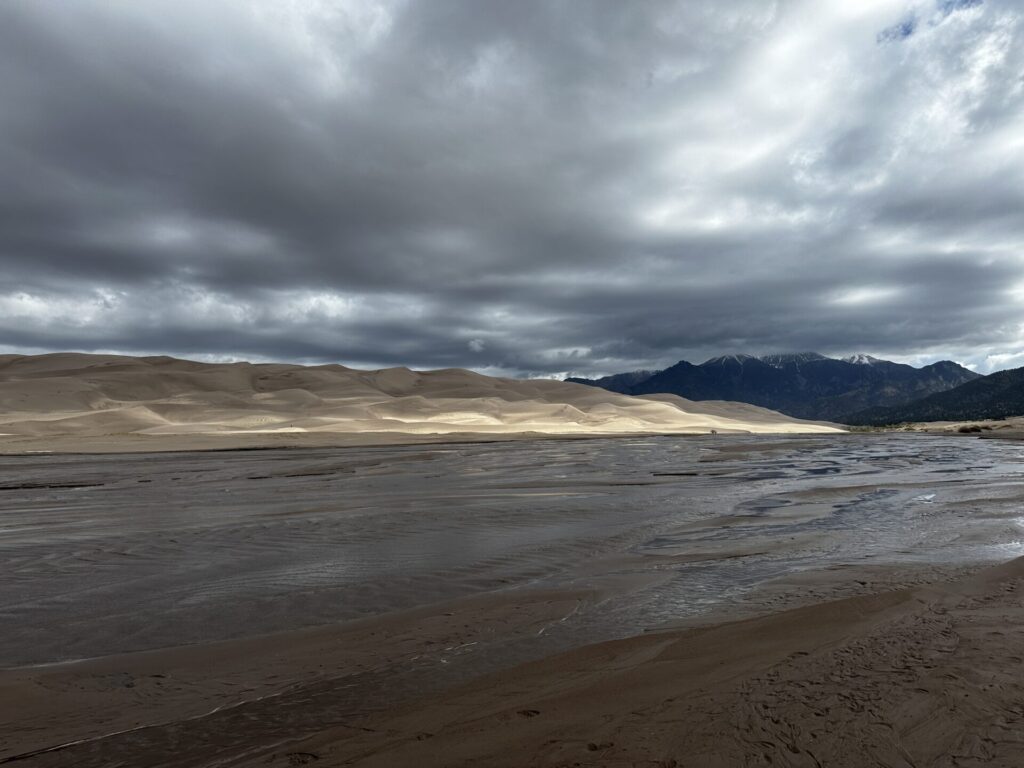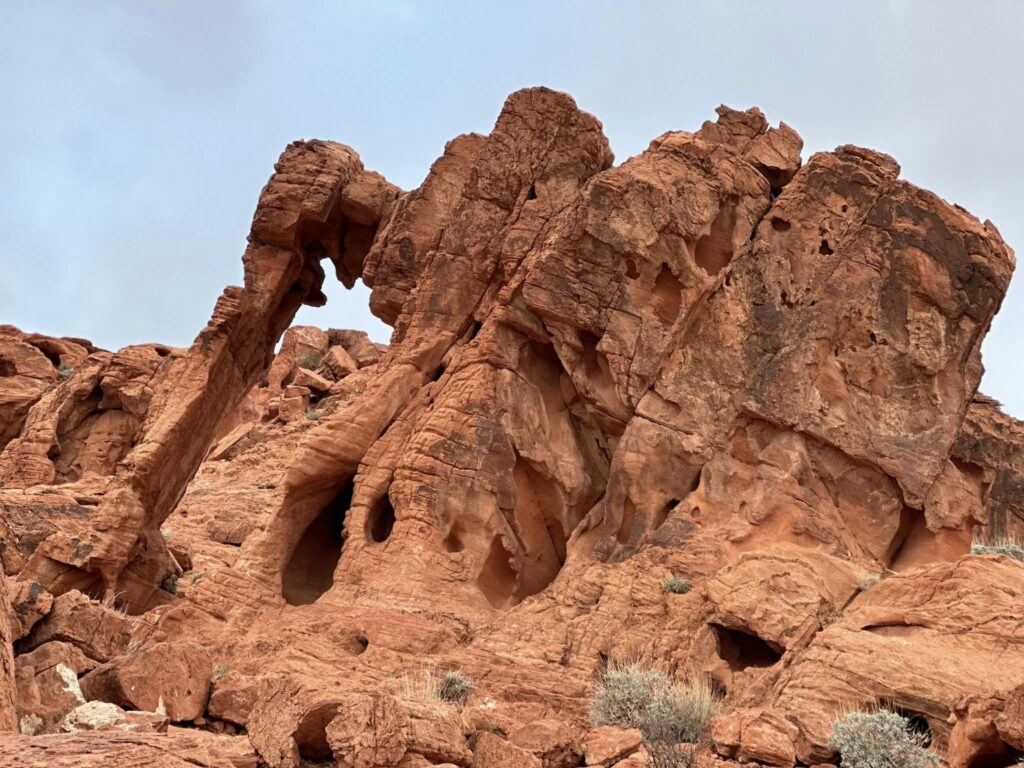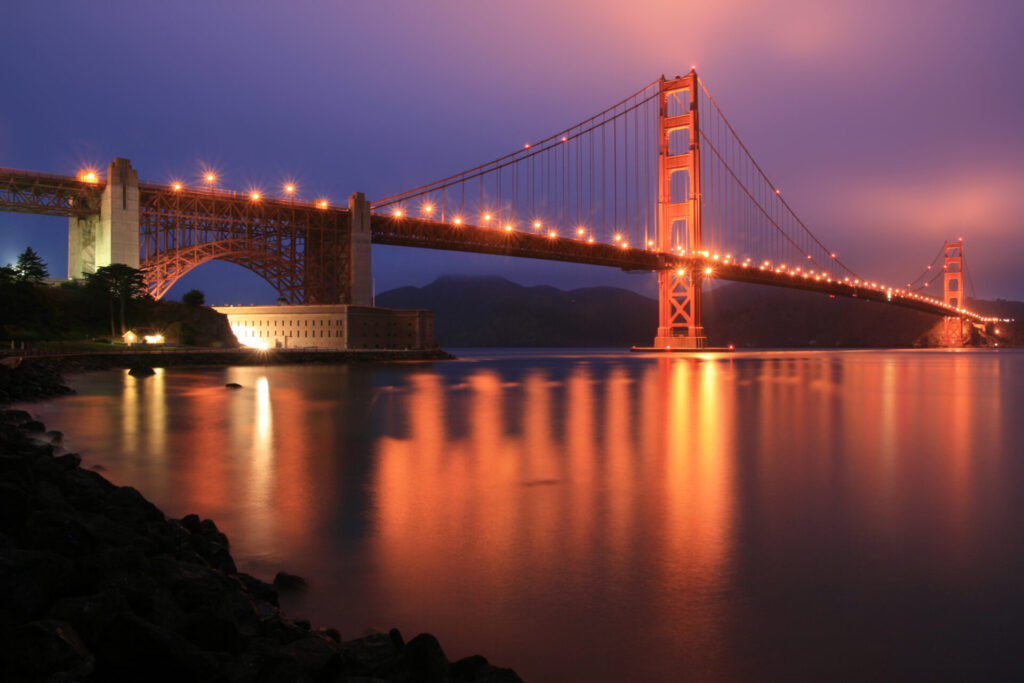Okay, now that you have decided to visit some national parks, let’s explore how to accomplish that on a budget. I was recently asked if I had retired, which is funny, but no, I am still working and figuring out how to have as many adventures as I can, spending as little money as possible.
It’s true that traveling can be expensive, but these tips will help you to save some money on your next trip, so you can do the things you want to. These 10 tips for visiting National Parks on a Budget are all things that I have personally found helpful and use each trip.
This blog post contains affiliate links which may reward me monetarily or otherwise when you use them to complete a qualifying purchase. For more information, please see the Earnings Disclaimer. As an Amazon Associate, I earn from qualifying purchases.
Table of Contents
Toggle1) Get a National Parks Pass
National Parks passes are good for one year from the date of purchase. For 80 dollars, you can visit as many National Parks as you want! Considering that one park can cost anywhere from 15 to 35$, the pass quickly pays for itself. A good rule of thumb is to get a national park pass if you plan on visiting three or more parks.
America the Beautiful Pass
America the Beautiful Pass is the most common pass. This pass is one of the best ways to visit national parks and over 2000 federal recreation sites for one annual fee fee.
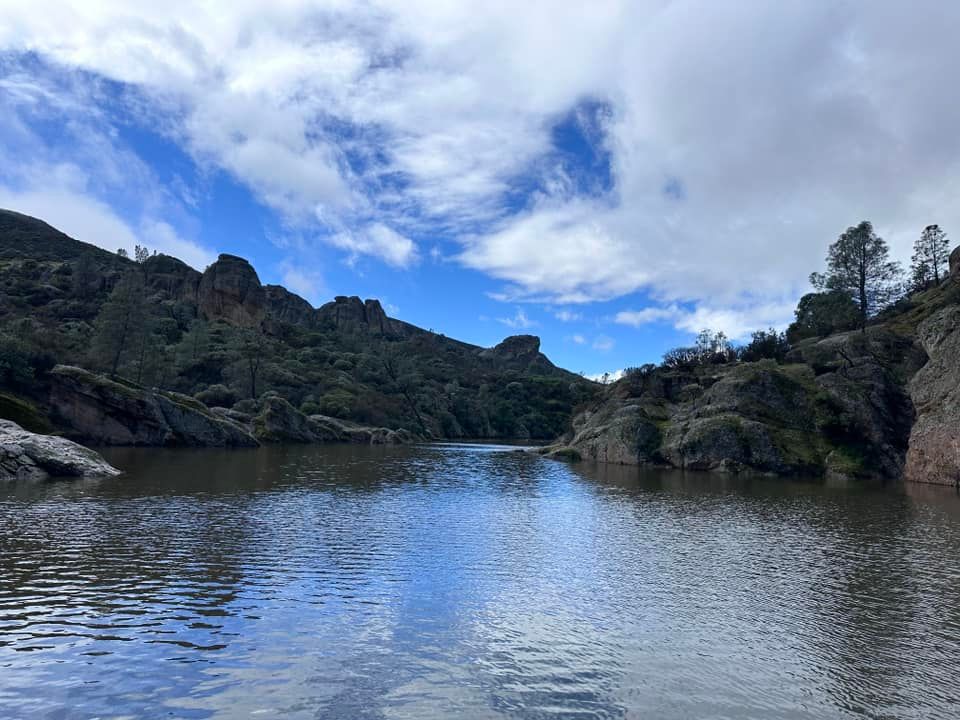
Did you know the America the Beautiful Pass covers more than National Parks?
It covers entrance fees and standard amenity (day-use) fees at lands managed by:
- National Park Service
- US Fish & Wildlife Service
- US Forest Service
- Bureau of Land Management
- Bureau of Reclamation
- US Army of Corps of Engineers
How much have I saved using the America the Beautiful Pass?
This is a pass that I personally use every year. Let’s break down how much it’s saved me in just three months:
- Pinnacles National Park (30$)
- Muir Woods (15$)
- Indiana Dunes National Park (25$)
- Great Sand Dunes (25$)
- Chimney Rock National Monument (20$)
- Mesa Verde National Park (30$)
- In addition to this list, I have used it at several National Forests and BLM sites.
As you can see, the America the Beautiful pass is key for visiting National Parks and public lands on a budget, and it pays for itself quickly.
2) Camp
Hotels can be a considerable expense. Camping is a fun experience you can enjoy solo or as a family. This is another way that I am able to visit national parks on a budget. I love listening to the sounds around me and taking in the place I’m at. Many National Parks offer camping sites within the park unit; sites do book up quickly and far in advance, so be sure to plan ahead. All reservations have to be made through recreation.gov.
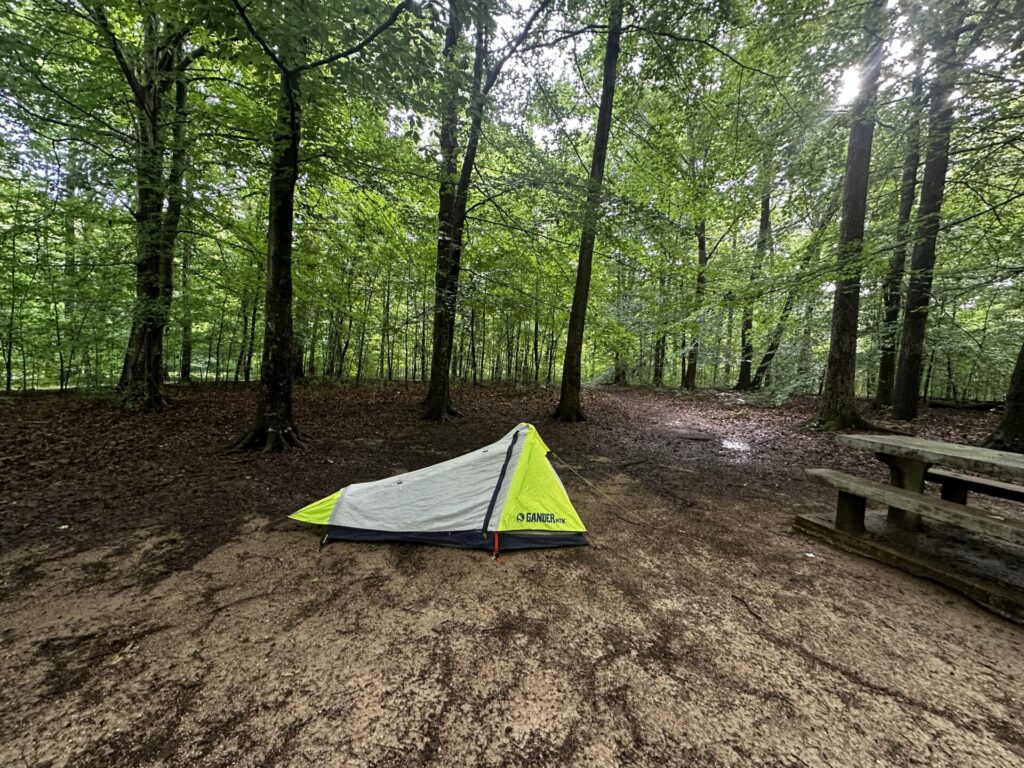
If you can’t find an open site within the park you are looking to visit, don’t worry I’ve got a couple of options for you!
- Look for state parks or national forest lands nearby. Recreation.gov or Google are good options for this.
- If you really want to stay at the National Park campground, you can set up an alert on recreation.gov, and they will email you if a site opens up.
- Overland camping on BLM sites is free, but the only downside is that it is primitive, and you have to bring your own supplies and carry everything out with you.
3) Bring your own food
I usually buy simple food before leaving home or after reaching my destination. I also always bring my own snacks to the airport when flying. You can bring your own food into National Parks to reduce the cost of eating there as well; in my opinion, the food in the parks usually isn’t spectacular and is overpriced.
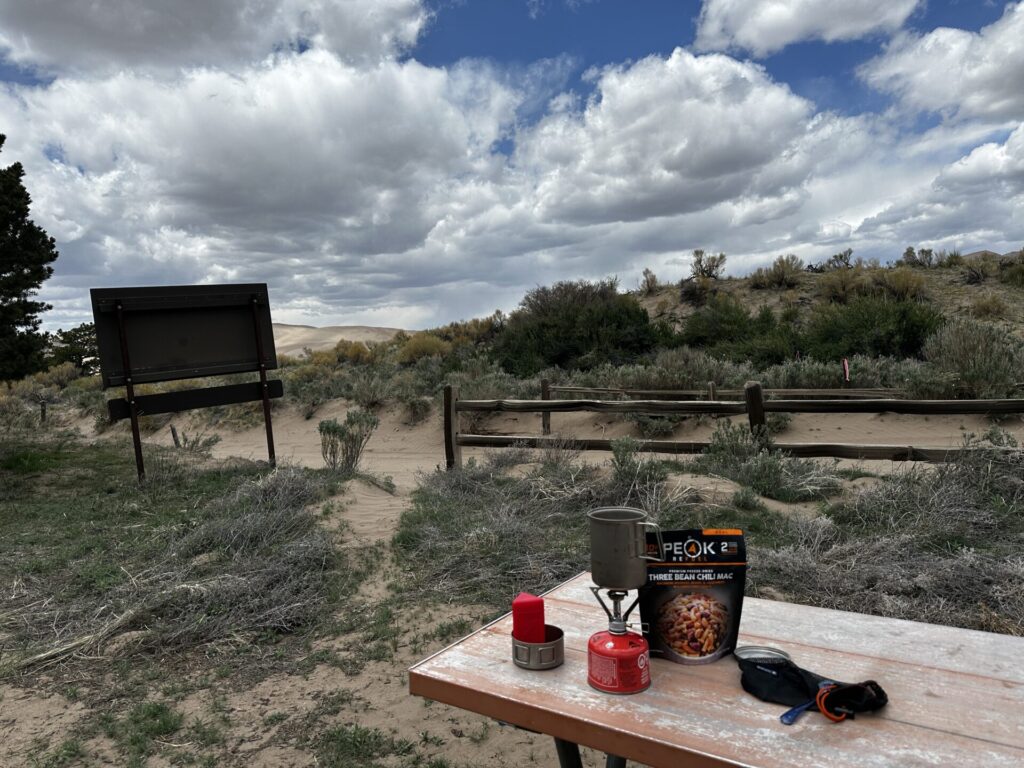
A simple way to make food I use almost every trip is to cook on my backpacking stove. It is tiny and doesn’t take up much space. The only downside is that you can’t fly with the stove fuel. Check out my article on flying with backpacking gear for a more detailed list.
4) Visit a lesser-known National Park unit
There are 429 National Park units, many of which are free to visit, have minimal crowds, and offer excellent opportunities to learn and explore. The 63 National Parks are impressive (at least all that I have been to), but I have had wonderful experiences at many National Monuments, such as Chimney Rock or Point Reyes National Seashore.
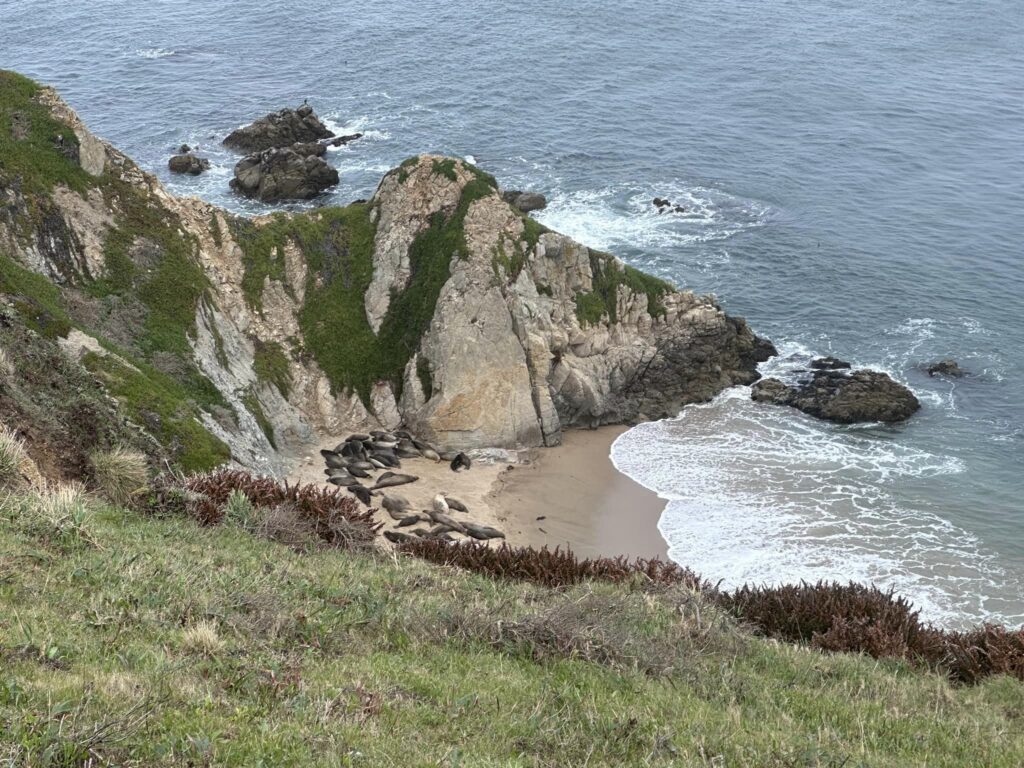
5) Visit a free National Park
Did you know that not all National Parks charge entry fees?
Mammoth Cave, KY, everything above ground is free, and there are many hiking trails.
Biscayne National Park, FL
Cuyahoga Valley National Park, OH
These are just a few parks that don’t charge entry fees; for the most up-to-date list by state, the NPS website is the best resource.
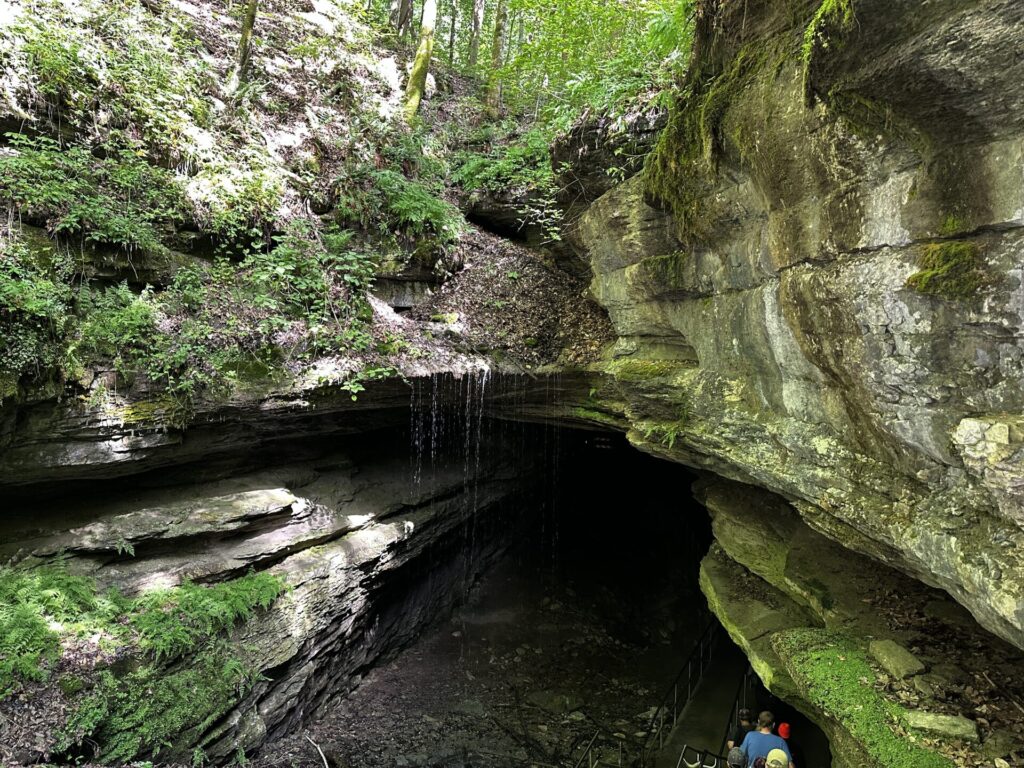
6) Visit on a free day
If you don’t have money to spend on the America the Beautiful pass and are trying to visit a National Park, try going on one of the free days offered annually.
Here are the six dates in 2024 you can enter any U.S. national park without paying a fee:
- Jan. 15, 2024 (Martin Luther King, Jr. Day): To celebrate the birthday of this civil rights hero, parks are free on this holiday.
- April 20, 2024 (National Park Week): To celebrate the first day of National Park Week, entrance fees will be waived at all national parks.
- June 19th, 2024 (Junteenth National Independence Day)
- Aug. 4, 2024 (Anniversary of Great American Outdoors Act): To celebrate the Great American Outdoors Act, which was passed in 2020, park entrance is free for all on this day.
- Sept. 28, 2024 (National Public Lands Day): On the fourth Saturday of September, explore a new park for free in honor of National Public Lands Day.
- Nov. 11, 2024 (Veterans Day): Whether you’re a veteran or just want to visit the parks, everyone can visit for free on Veterans Day.
7) Go for a hike
While visiting the parks, you may want to take a specific tour. Make sure to plan for that. I spend most of my time exploring the trails, where there are many amazing sites to be seen for free. Be sure to take your 10 essentials and a daypack when hiking.
There is so much more to our National Parks than can be seen from overlooks and scenic roads. Hiking has been the source of most of my best memories while visiting National Parks. Getting out on the trail allows you to connect with the place and experience it more deeply. Once you have purchased the gear, you will be set for a long time and many adventures.
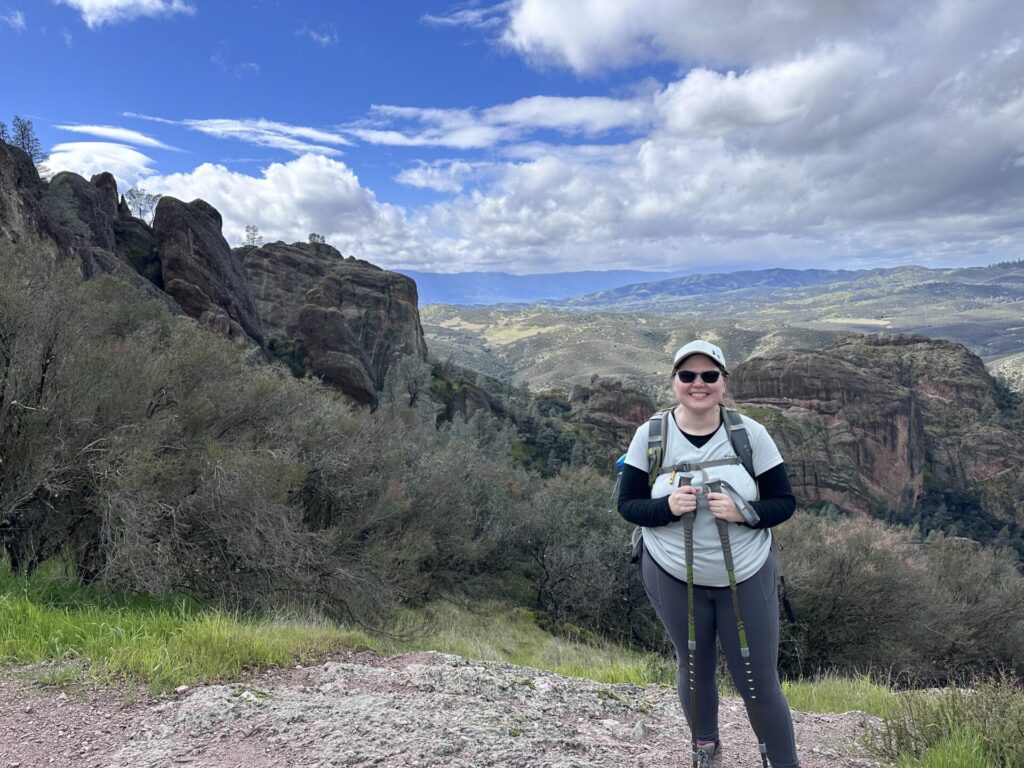
8) Plan to visit more than one park each trip
When you have lofty goals like visiting all the US National Parks, like I do, one way to maximize a trip is to see more than one park each trip. When visiting Colorado, I made a loop to two of the national parks in the state. Another example was when I visited Gateway Arch National Park and drove to Indiana Dunes National Park.
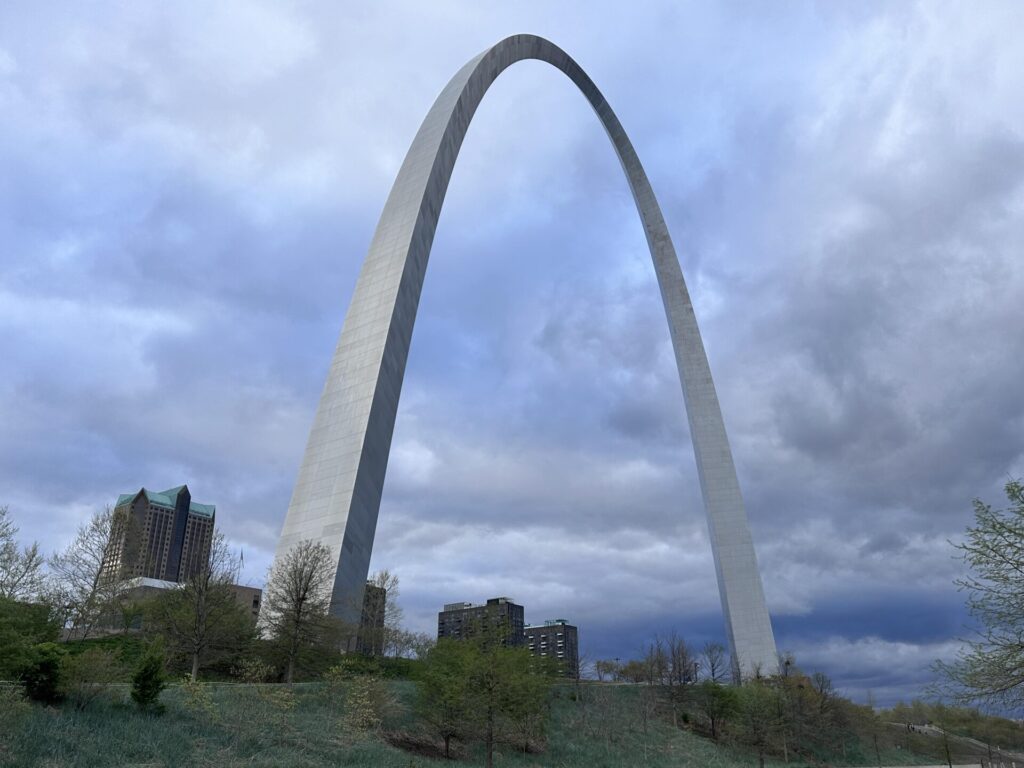
9) Visit National Parks in the Off Season
Visiting National Parks in the off season will not only save you money, but they are a lot less crowded as well. Hotels, food, and rentals are often cheaper in the off-season.
Park reservations are easier to obtain or may not be in effect during non-peak times. A downside of visiting in the off-season is that the weather may not be optimal, all the roads may not be open, and there may be road constructions. Even with all that said, I had many great experiences visiting National Parks in the off-season.
10) Get a Passport book
A National Parks Passport book is a great way to avoid spending a lot of money at the gift shop and a fun, budget-friendly way to collect memories. I’ve enjoyed collecting stamps from all the National Parks I’ve visited. Did you know each park unit has a unique stamp, and some parks have multiple stamps?
Here is a link to my whole article on National Park Passports.
|
3.5
|
3.5
|
|
$29.00
|
$26.95
|
Bonus Tip
Be sure and fill your gas tank before entering the National Park. Gas is often a lot more expensive inside the park than in the nearby towns.
I hope these tips encourage you to visit national parks on a budget and create lasting memories! If you have other tips, let me know in the comments.

